How to Make the Perfect Santa Maria Tri Tip Rub: A Flavorful BBQ Adventure!
If you've ever tasted a perfectly grilled Santa Maria-style tri tip, you know it's not just a cut of beef — it’s an experience. Smoky, peppery, and kissed with garlic and earthy spices, this regional favorite from California is beloved by barbecue purists and weekend grillers alike.
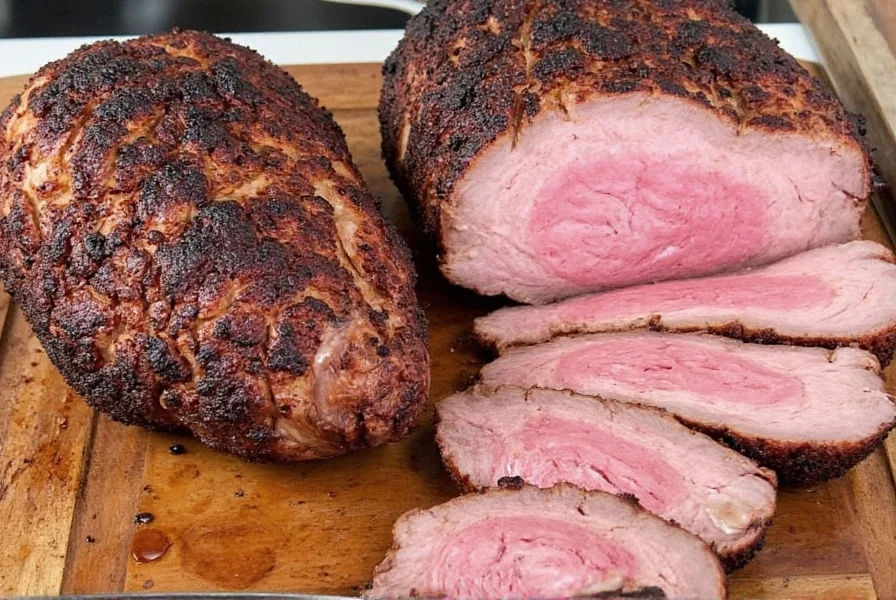
Table of Contents
- Introduction to Santa Maria Tri Tip
- The Ultimate Santa Maria Tri Tip Rub Recipe
- Grilling Tips for Perfection
- Buying Guide for Spices & Equipment
- Conclusion: Master the Rub, Master the Grill
Introduction to Santa Maria Tri Tip
The Santa Maria style of grilling hails from the Central Coast of California, particularly Santa Barbara County. It's known for its simplicity and boldness — high-heat cooking over red oak, minimal marinades, and a dry rub that highlights the natural flavor of the meat.
The star of the show? The tri tip, a triangular cut from the bottom sirloin. Lean, flavorful, and perfect when grilled medium-rare, this cut has become synonymous with backyard gatherings and smoky weekends under the sun.

Why the Rub Matters
A great rub can transform your tri tip from 'just okay' to 'oh my gosh!' in seconds. The Santa Maria style leans heavily into garlic, black pepper, salt, paprika, and sometimes a touch of cayenne or chili powder for heat. It's rustic, balanced, and incredibly effective.
The Ultimate Santa Maria Tri Tip Rub Recipe
Here's our signature dry rub, inspired by traditional Santa Maria flavors but perfected for home cooks everywhere:
Santa Maria Tri Tip Rub Ingredients (Makes Enough for 3–5 lbs of Meat)
- 2 tbsp coarse sea salt
- 2 tbsp freshly ground black pepper
- 1 tbsp granulated garlic
- 1 tbsp smoked paprika
- 1 tsp onion powder
- ½ tsp cayenne pepper (optional for heat)
- ½ tsp dried oregano (optional, for herbal notes)
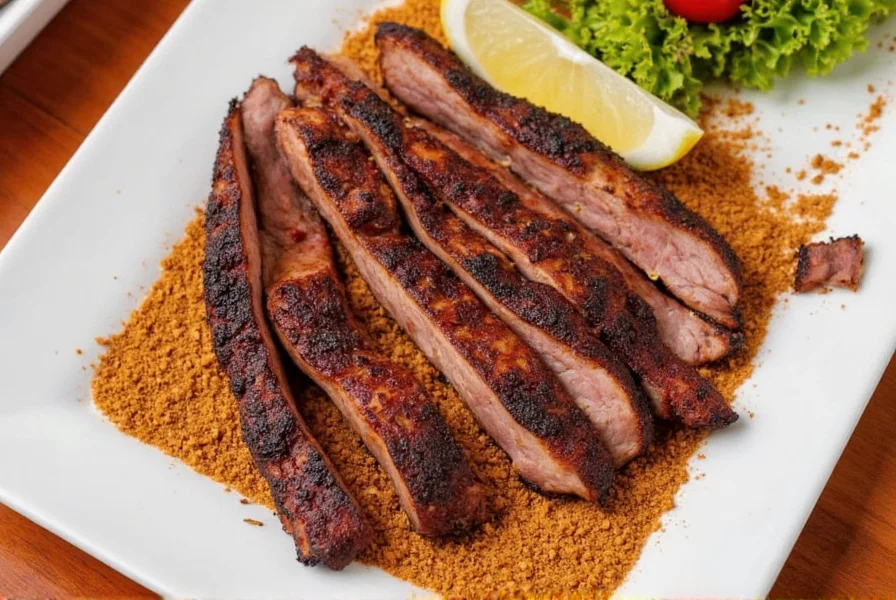
Instructions
- Mix all ingredients in a small bowl until evenly combined.
- Generously apply the rub to all sides of a 3–5 lb tri tip roast.
- Press the rub into the meat so it adheres well.
- Let it rest for at least 30 minutes (or refrigerate overnight for deeper flavor penetration).
- Grill as desired (see next section for grilling tips).
Flavor Profile Breakdown
| Ingredient | Flavor Contribution |
|---|---|
| Salt | Enhances all other flavors, draws out moisture for better browning |
| Black Pepper | Pungent, spicy, adds depth |
| Garlic Powder | Umami-rich, savory backbone |
| Smoked Paprika | Smoky sweetness, color boost |
| Cayenne | Kicks up the heat subtly |
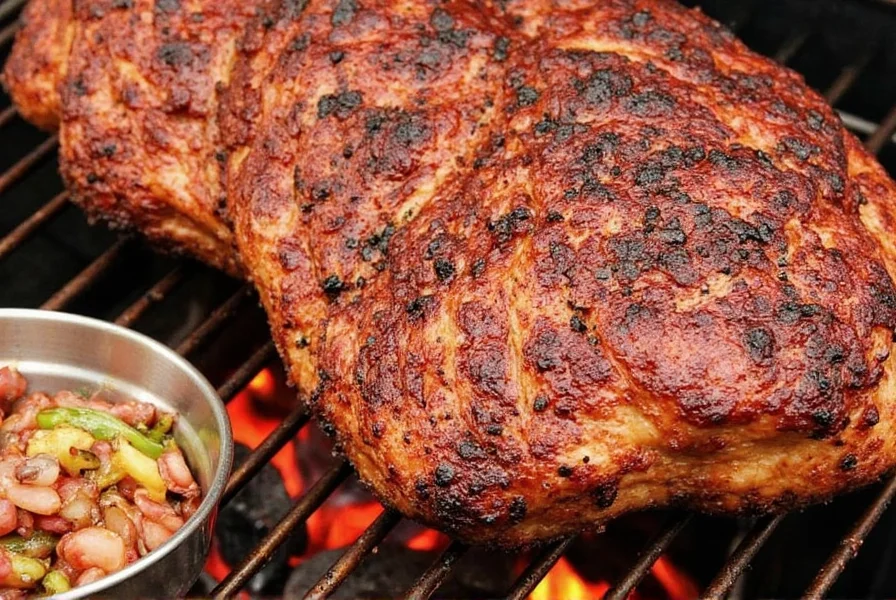
Grilling Tips for Perfection
Now that your rub is ready, let’s talk about how to make the most of it with the right grilling techniques:
Equipment You’ll Need
- Charcoal or gas grill
- Wire brush for cleaning grates
- Instant-read thermometer
- Aluminum foil or butcher paper (for resting)
- Meat claws or sharp carving knife
Step-by-Step Grilling Instructions
- Preheat your grill to medium-high (about 375°F).
- Oil the grates to prevent sticking.
- Place the seasoned tri tip fat side down first to render some fat.
- Grill for 4–5 minutes per side, aiming for an internal temperature of 130–135°F (medium rare).
- Rest the meat for 10–15 minutes before slicing against the grain.
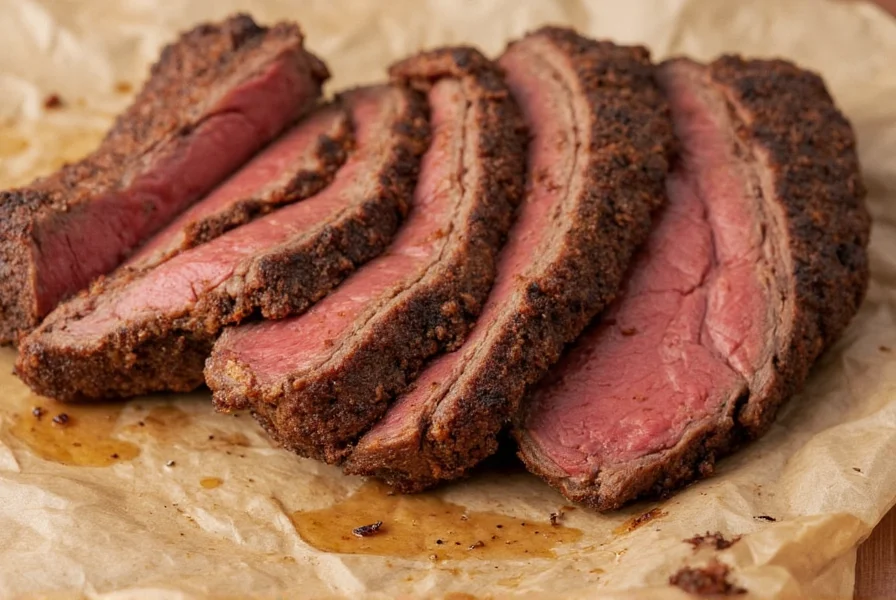
Common Mistakes to Avoid
- Overcooking the meat (it dries out quickly)
- Not letting it rest after grilling
- Using low-quality spices that are too old or stale
- Skipping the garlic or pepper — they’re essential!
Buying Guide for Spices & Equipment
To truly master the Santa Maria tri tip rub, quality ingredients and tools matter. Here’s what we recommend:
Top Spice Brands to Try
| Brand | Features | Best For |
|---|---|---|
| McCormick Gourmet Collection | Fresh, aromatic, and consistent grind | Home cooks who want convenience |
| Spice Islands | Natural, no additives, whole spices available | Those who like to toast their own spices |
| Primo Pesto Spice Co. | Artisan, small-batch, organic options | Foodies and spice enthusiasts |
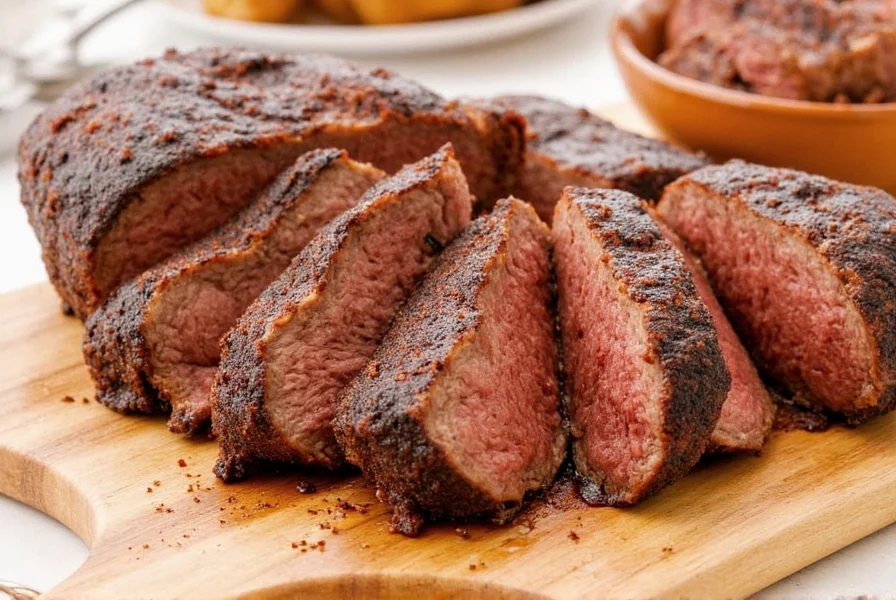
Essential Grilling Tools
- Weber Instant-Read Thermometer: Accurate readings help avoid overcooked meat.
- Victorinox Fibrox Pro Chef Knife: Sharp and precise for slicing against the grain.
- Cast Iron Skillet / Griddle: Great for searing before finishing on the grill.
- GrillGrate Replacement Grates: Improve heat retention and sear marks.
Wood Options for Authentic Smoke Flavor
| Wood Type | Flavor Notes | Ideal For |
|---|---|---|
| Hickory | Strong, bacon-like | Heavy smoke lovers |
| Oak (Especially Red Oak) | Classic, mild, clean burn | Santa Maria authenticity |
| Cherry | Sweet, fruity | Adding subtle complexity |
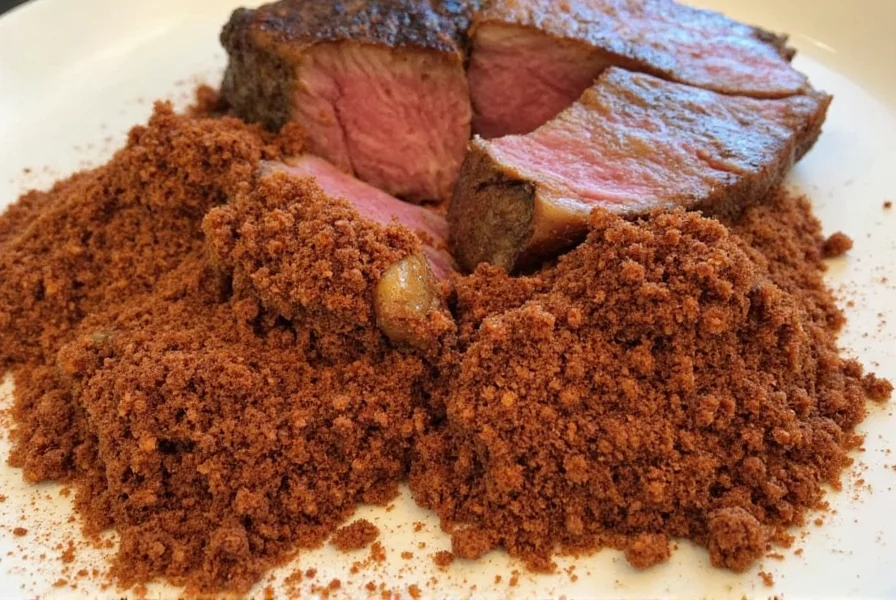
Conclusion: Master the Rub, Master the Grill
The Santa Maria tri tip rub isn’t just about seasoning — it’s about tradition, balance, and respecting the quality of your ingredients. With the right blend of salt, pepper, garlic, and a little smoke, you can create something that brings people together around the grill, plate in hand, smiling with every bite.
Remember, there’s no single “correct” way to season a tri tip. Tweak the ratios based on your taste, try different wood types, or even add a splash of citrus zest for a modern twist. That’s the beauty of barbecue — it’s personal, it’s evolving, and best of all, it’s delicious.
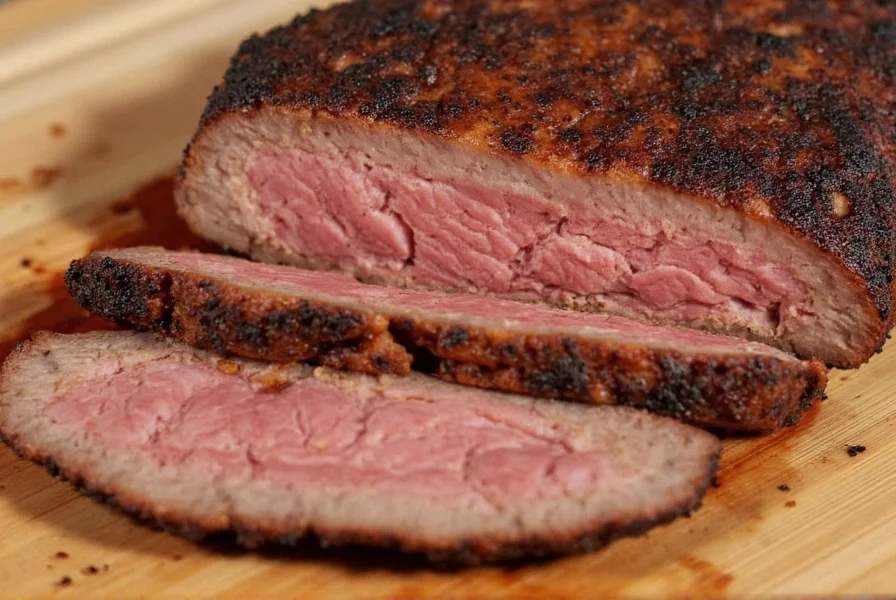
So go ahead, fire up the grill, and let that rub do its magic. Your next backyard feast just got a lot more exciting!

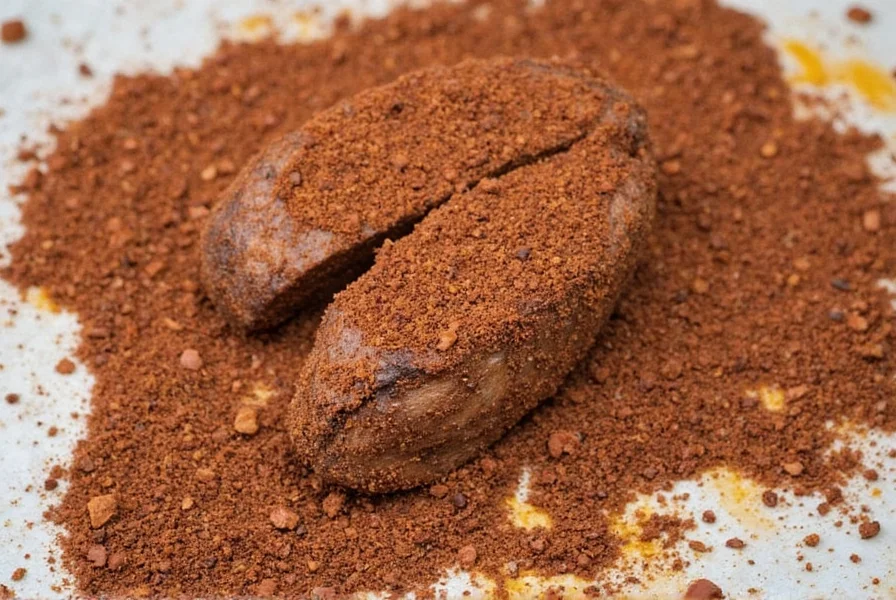









 浙公网安备
33010002000092号
浙公网安备
33010002000092号 浙B2-20120091-4
浙B2-20120091-4